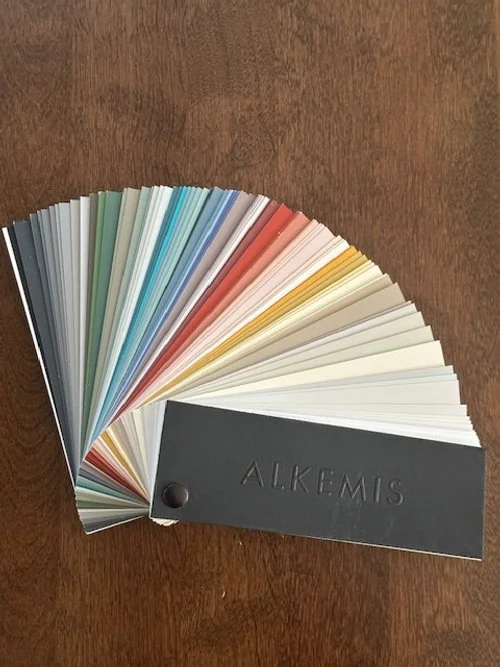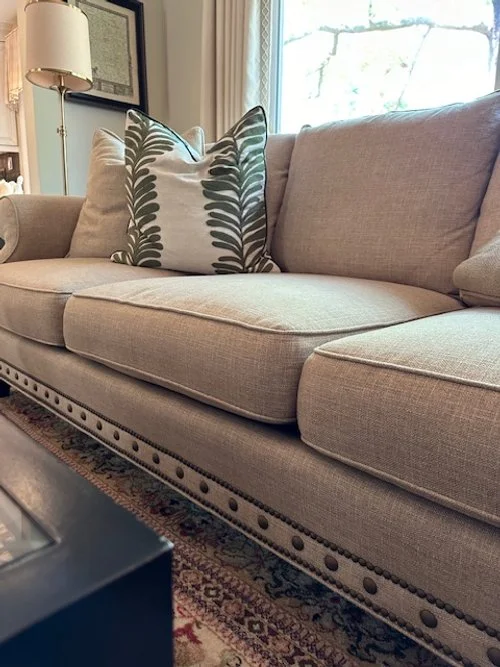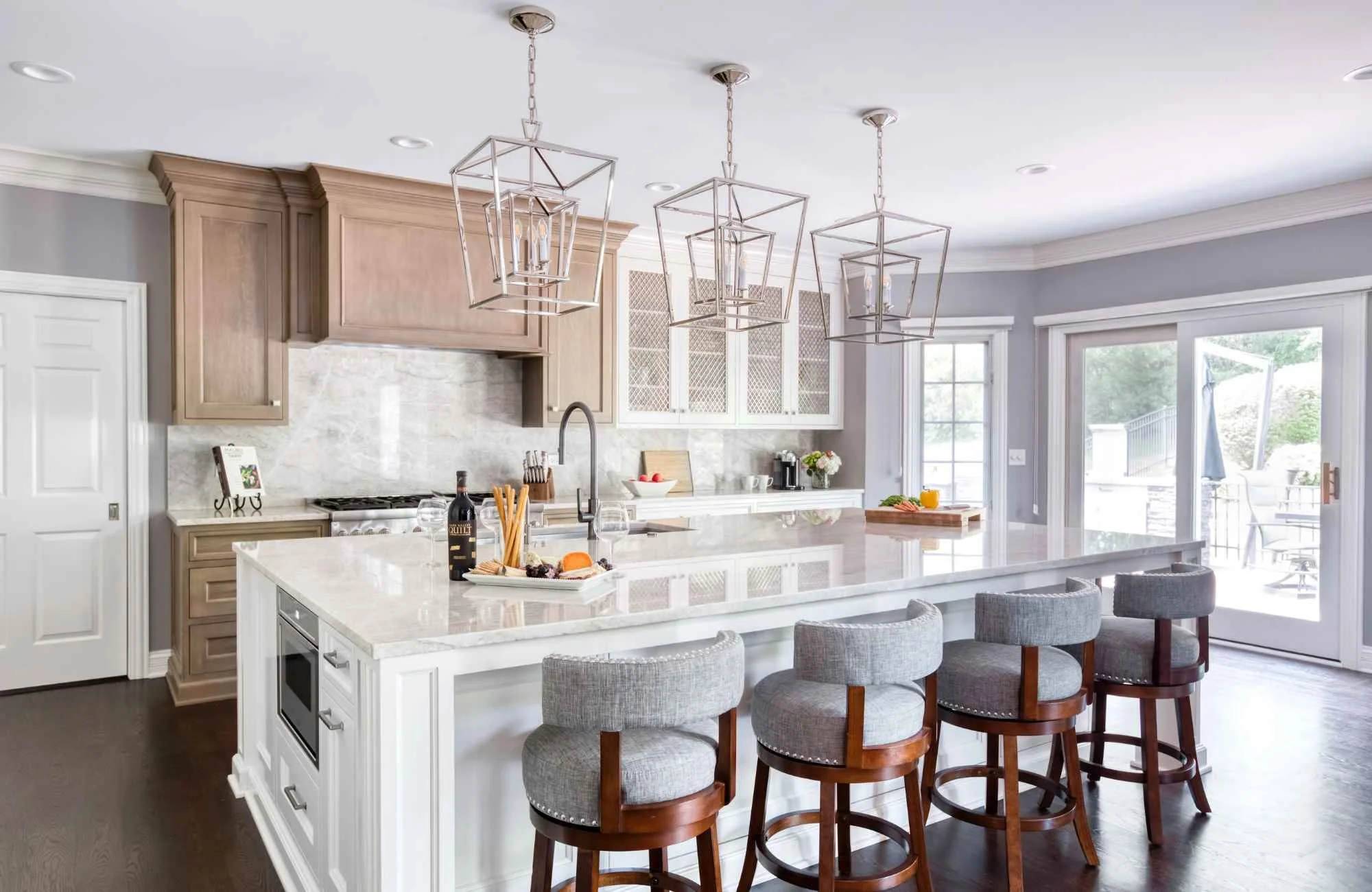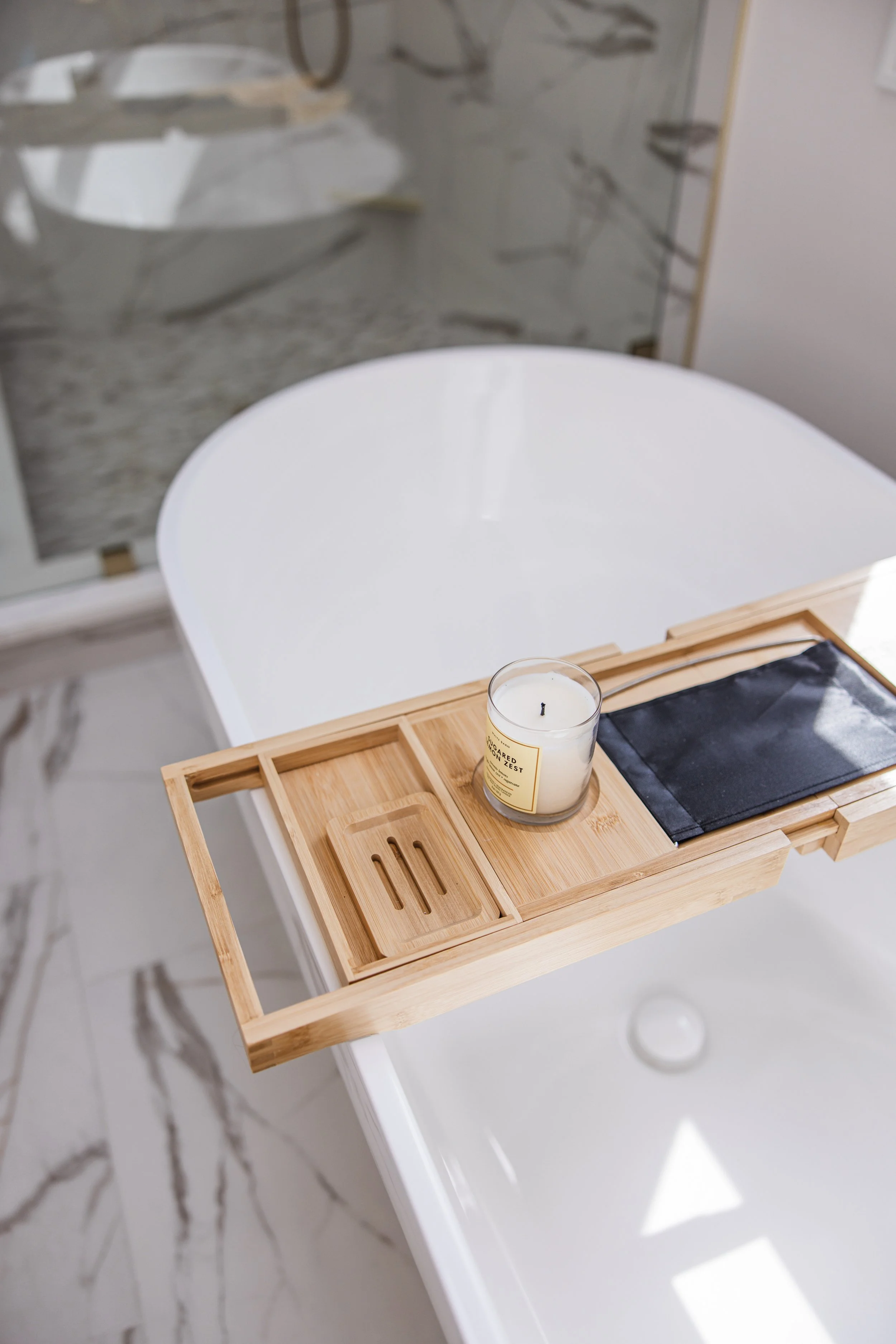How We Design Toxin-Free Living Spaces
Do you like that new smell of paint, new car smell, or a scented candle in your home? There are many other "new" smells that we often refer to as something fresh and exciting, but they really are realizing VOCs in the air–Volatile Organic Compounds
Strategy #1: Choosing the Least Harmful Paint & Primer
One of the most common items inside your home that "off-gasses" VOCs is paint. I get it, smelling that freshly painted wall gives a feeling of accomplishment, but what it's doing to us on the inside is the complete opposite.
We recommend to our clients a paint called Alkemis. Alkemis is made from Rock, not plastics. No VOCs to be concerned about with this paint company. Plastic products, which make up most paints, are what ultimately off-gas.
Strategy #2: Reducing VOCs by Reupholstering Furniture
Over time, as we manufacture furniture, especially here in the U.S., we are frequently looking for items that are indestructible. But typically, what makes up those indestructible items are products that have added elements which "off-gas."
When it comes to furniture, VOCs and other toxins typically off-gas most heavily when items are new, meaning older or vintage pieces often have lower chemical emissions.
That’s one reason I love repurposing or reupholstering well-made vintage/heirloom furniture—it’s not only more sustainable, but also a healthier choice for your home.
Strategy #3: Sourcing Low-Toxin Furniture from Reputable Sources
We have made a conscious decision to focus our souring on items that are not only perfect for our clients but also good for our health and environment. We are a co-founder of ID Greenlist. ID Greenlist is a platform that focuses on resources that are sustainable and also includes products that produce low VOCs.
Strategy #4: Increasing Ventilation for Clearer Air
In homes with poor ventilation or that are tightly sealed, VOCs emitted from sources like paints, furnishings, and cleaning products accumulate, leading to higher indoor concentrations that can linger for long periods. This buildup can result in noticeable odors, a stale feeling, and increased health risks due to prolonged exposure.
At this point in time, it's pretty impossible to completely avoid VOCs in our homes, but there are small things you can do to reduce the amount. Being conscious of the cleaning products you use, paint finishes you choose, vinyl flooring vs. hardwood, fuel-burning appliances vs. induction cooking.
We often focus on making healthier choices for our body, but do we do the same for our home?
For more tips, read Designing a Home That’s Good for You AND the Planet.
Want some professional help reducing VOCs and other toxins in your home? Reach out to us! We're here for you.
Until next time,
Trisha





